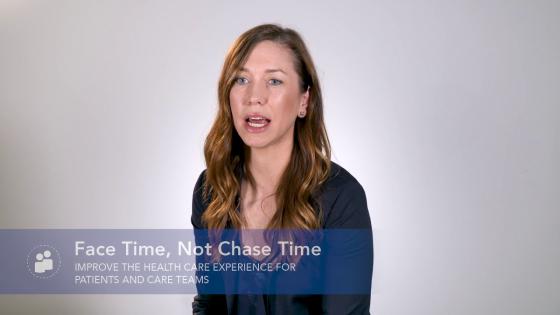The Clinical & Systems Transformation (CST) project is designed to improve the safety, quality and consistency of patient care across three British Columbian health organizations: Vancouver Coastal Health (VCH), the Provincial Health Services Authority (PHSA) and Providence Health Care (PHC).
Project drivers
CST is our path to smarter, seamless care. These drivers represent our clinical goals and set the standard for measuring our performance:
-
Patient safety first
Reduce errors and adverse events
-
- Right patient
- Right treatment
- Right transitions
From timely access to information, to barcode scanning of medications, to better care planning, we're investing in a safer future.
-
Best way, every day
Improve quality and consistency of care
-
- Reduce variability in care pathways
- Reduce inconsistency in documentation
- Reduce uncertainty
Patients expect and deserve to have the same experiences, wherever and whenever they need our services.
We are designing safe, efficient care pathways that reflect the latest evidence and will reduce unnecessary variations in care across our facilities and health care organizations. We are supporting a culture of continuous learning and quality improvement.
Our caregivers will make decisions based on reliable, consistent clinical information, and patients can have confidence they are being cared for the best way, every day.
-
Face time, not chase time
Improve the health care experience for patients and care teams
-
- More time to plan
- More time to care
- More time to assess
When care teams have the information they need at their fingertips, it means more time for patients.
Transitions across health care settings will be smoother; everyone will be on the same page. Care teams won’t have to ask the same questions over and over or repeat tests. Attention can be paid to the right things without impacting our productivity.
Patients and families can be confident that care teams know their story, and be informed partners in their care.
Instead of chasing charts, care teams can focus on what’s important: the patient.
-
Draw on data
Make better information available to improve decision-making, research and proactive care
-
- Improve decision-making
- Improve access to clinical data
- Improve system performance
Fuller, richer information will give us a clearer picture of how we’re doing and where we can improve. We can proactively manage patient populations based on aggregate data.
Data from today will be used to benefit the patients of tomorrow – across health disciplines and organizations.
-
Strengthen our core
Improve information system reliability and sustainability
-
- One login
- One system
- One record
A healthy body needs a strong spine. Our health care system needs a strong technical backbone.
Right now, we use over 200 systems and programs. Logging in, logging out, forgetting passwords: all this takes time away from patient care.
Many of our outdated systems will be replaced with one clinical information system, which will connect with other key systems. This will reduce investment, maintenance and training costs.
It will make it easier to deliver quality care and improve the overall reliability and sustainability of the systems we count on.








